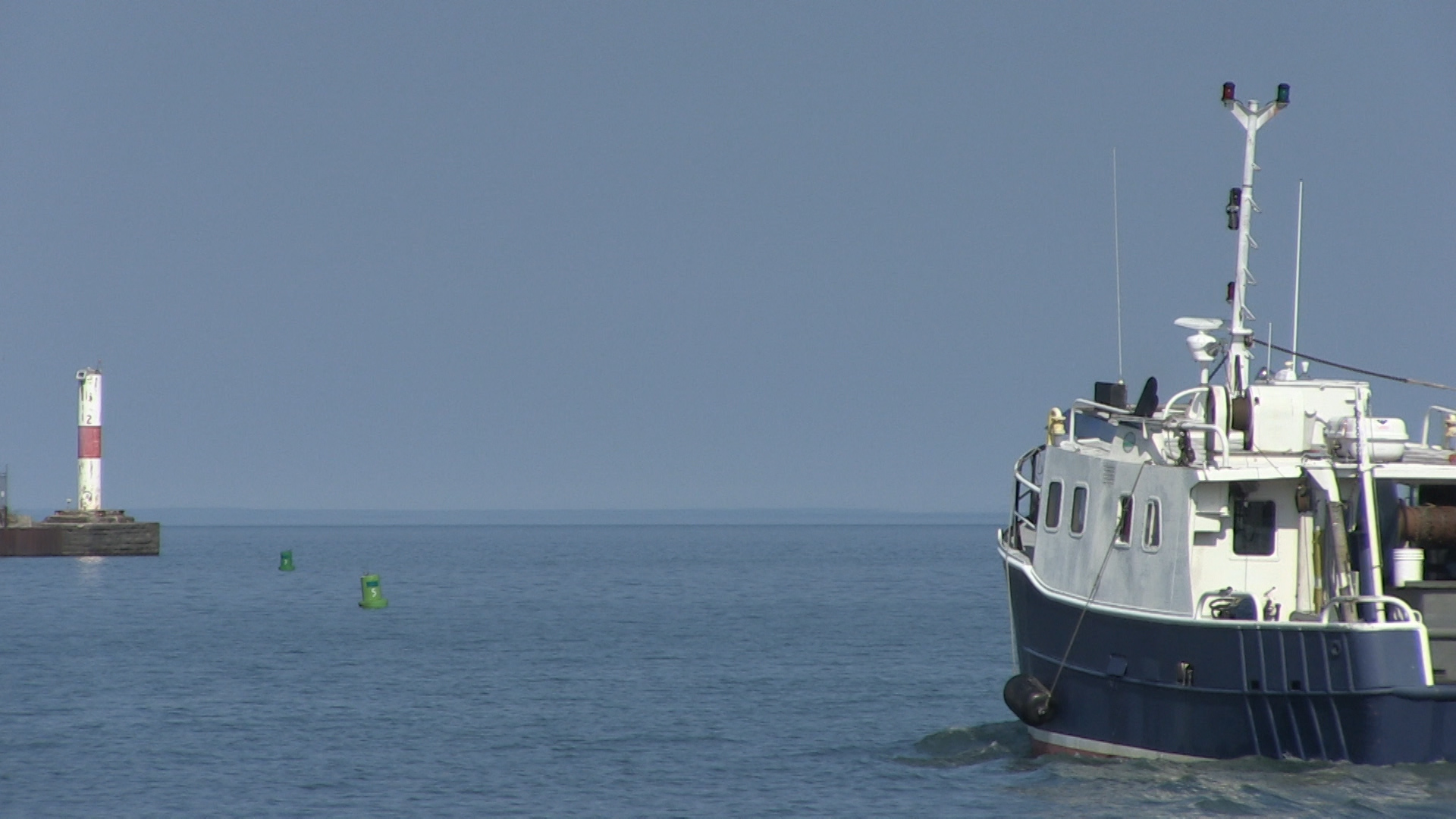MakingWaves - Water Week Special Edition; Water Management in the 1970s
The New York State Department of Environmental Conservation sent this bulletin on 05/04/2020 10:12 AM EDT |
| DEC Delivers - Information to keep you connected and informed from the NYS Department of Environmental Conservation |
| Share or view as a web page || Update preferences or unsubscribe |
MakingWaves - Celebrate Water Week |
Five Decades of Water Restoration and ProtectionDEC's Division of Water invites you to celebrate Water Week with us as we highlight some of the milestones in each of the five decades since the first Earth Day in 1970. Today’s topic: Milestones of the 1970s Did you know?
Test Your Water HistoryIn 1972, the U.S. signed a bi-national agreement for water restoration that DEC implements. Who was the bi-national agreement with, and what waterbodies did it protect? (answer below) Learn MoreOn DEC’s website, you can find information about:
Answer: In 1972, the U.S. signed the Great Lakes Water Quality Agreement with Canada to begin cleanup of the Great Lakes. About 80 percent of New York's fresh surface water, over 700 miles of shoreline, and 40 percent of New York's land area expanding over 33 counties are contained in the drainage basins of Lake Ontario, Lake Erie, and the St. Lawrence River.
|

